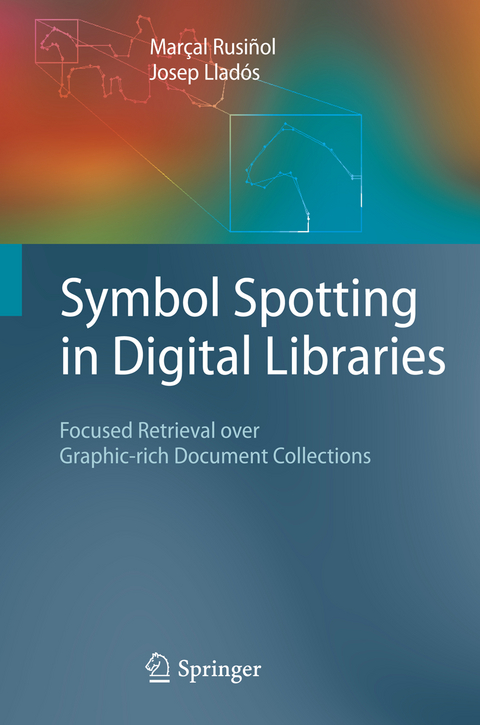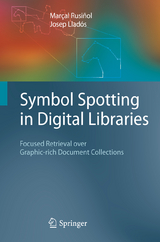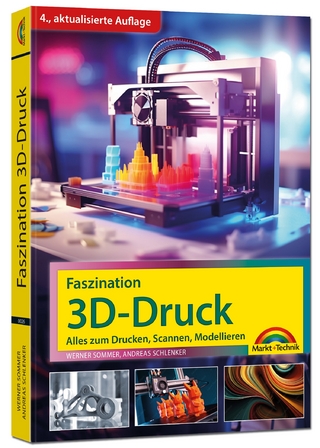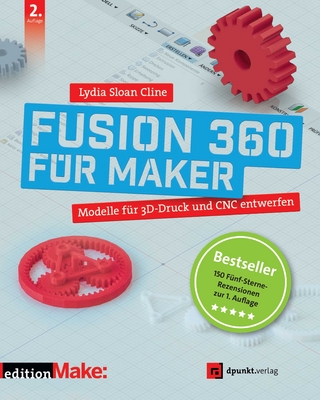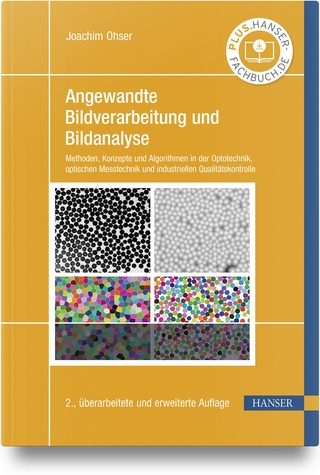Symbol Spotting in Digital Libraries
Focused Retrieval over Graphic-rich Document Collections
Seiten
2010
Springer London Ltd (Verlag)
978-1-84996-207-0 (ISBN)
Springer London Ltd (Verlag)
978-1-84996-207-0 (ISBN)
Pattern recognition basically deals with the recognition of patterns, shapes, objects, things in images. The speci?c pattern recognition problems they had to deal with was raster-to-graphics conversion (i.e., recognizing graphical primitives in a cluttered pixel image), text-graphics separation, and symbol recognition.
Pattern recognition basically deals with the recognition of patterns, shapes, objects, things in images. Document image analysis was one of the very ?rst applications of pattern recognition and even of computing. But until the 1980s, research in this ?eld was mainly dealing with text-based documents, including OCR (Optical Character Recognition) and page layout analysis. Only a few people were looking at more speci?c documents such as music sheet, bank cheques or forms. The community of graphics recognition became visible in the late 1980s. Their speci?c interest was to recognize high-level objects represented by line drawings and graphics. The speci?c pattern recognition problems they had to deal with was raster-to-graphics conversion (i.e., recognizing graphical primitives in a cluttered pixel image), text-graphics separation, and symbol recognition. The speci?c problem of symbol recognition in graphical documents has received a lot of attention. The symbols to be recognized can be musical notation, electrical symbols, architectural objects, pictograms in maps, etc. At ?rst glance, the symbol recognition problems seems to be very similar to that of character recognition; - ter all, characters are basically a subset of symbols. Therefore, the large know-how in OCR has been extensively used in graphical symbol recognition: starting with segmenting the document to extract the symbols, extracting features from the s- bols, and then recognizing them through classi?cation or matching, with respect to a training/learning set.
Pattern recognition basically deals with the recognition of patterns, shapes, objects, things in images. Document image analysis was one of the very ?rst applications of pattern recognition and even of computing. But until the 1980s, research in this ?eld was mainly dealing with text-based documents, including OCR (Optical Character Recognition) and page layout analysis. Only a few people were looking at more speci?c documents such as music sheet, bank cheques or forms. The community of graphics recognition became visible in the late 1980s. Their speci?c interest was to recognize high-level objects represented by line drawings and graphics. The speci?c pattern recognition problems they had to deal with was raster-to-graphics conversion (i.e., recognizing graphical primitives in a cluttered pixel image), text-graphics separation, and symbol recognition. The speci?c problem of symbol recognition in graphical documents has received a lot of attention. The symbols to be recognized can be musical notation, electrical symbols, architectural objects, pictograms in maps, etc. At ?rst glance, the symbol recognition problems seems to be very similar to that of character recognition; - ter all, characters are basically a subset of symbols. Therefore, the large know-how in OCR has been extensively used in graphical symbol recognition: starting with segmenting the document to extract the symbols, extracting features from the s- bols, and then recognizing them through classi?cation or matching, with respect to a training/learning set.
State-of-the-Art in Symbol Spotting.- On the Use of Photometric Descriptors for Symbol Spotting.- Symbol Spotting for Document Categorization.- On the Use of Geometric and Structural Constraints for Symbol Spotting.- Vectorial Signatures for Symbol Recognition and Spotting.- Symbol Spotting Through Prototype-based Search.- A Relational Indexing Method for Symbol Spotting.- A Performance Evaluation Protocol for Symbol Spotting Systems.- Performance Evaluation of Symbol Spotting Systems.- Conclusions.
| Erscheint lt. Verlag | 7.6.2010 |
|---|---|
| Zusatzinfo | XIV, 180 p. |
| Verlagsort | England |
| Sprache | englisch |
| Maße | 155 x 235 mm |
| Themenwelt | Mathematik / Informatik ► Informatik ► Datenbanken |
| Informatik ► Grafik / Design ► Digitale Bildverarbeitung | |
| Informatik ► Theorie / Studium ► Künstliche Intelligenz / Robotik | |
| ISBN-10 | 1-84996-207-3 / 1849962073 |
| ISBN-13 | 978-1-84996-207-0 / 9781849962070 |
| Zustand | Neuware |
| Informationen gemäß Produktsicherheitsverordnung (GPSR) | |
| Haben Sie eine Frage zum Produkt? |
Mehr entdecken
aus dem Bereich
aus dem Bereich
alles zum Drucken, Scannen, Modellieren
Buch | Softcover (2024)
Markt + Technik Verlag
24,95 €
Modelle für 3D-Druck und CNC entwerfen
Buch | Softcover (2022)
dpunkt (Verlag)
34,90 €
Methoden, Konzepte und Algorithmen in der Optotechnik, optischen …
Buch | Hardcover (2024)
Hanser (Verlag)
39,99 €
